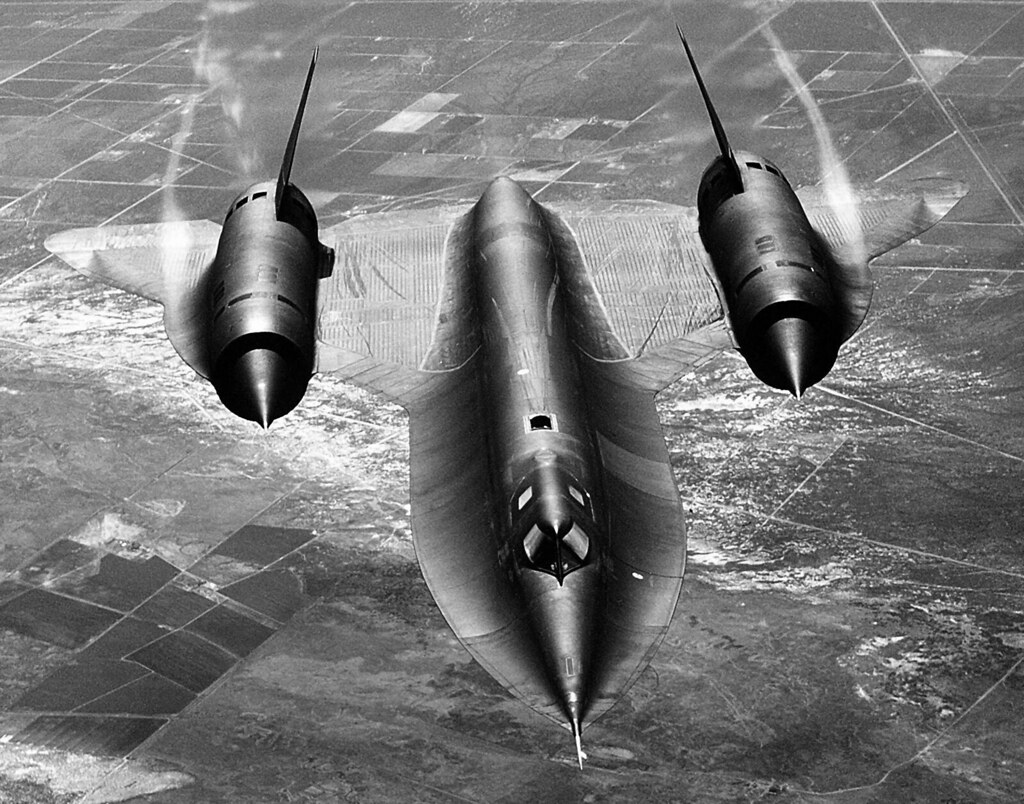
No aircraft epitomizes the fusion of technology and speed quite like the Lockheed SR-71 Blackbird. With a track record of flying with “complete impunity” in some of the most hostile skies during the Cold War era, this jet-propelled aircraft claimed its status not merely as a machine of war, but as an icon of aviation history.
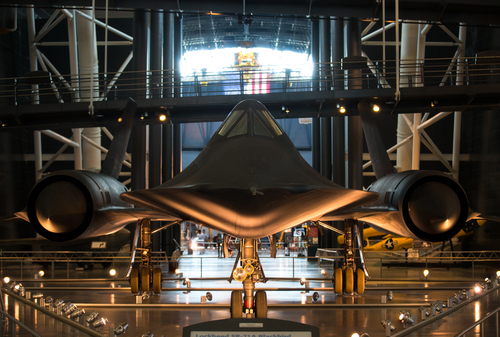
Born amidst surging tensions in the 1950s between the US and Eastern Europe, the Blackbird was the U.S. military’s answer to their need for detailed intelligence on Soviet deployments, particularly as the Soviet’s missile capabilities had rendered the U.S. Air Force’s U-2 reconnaissance aircraft vulnerable.
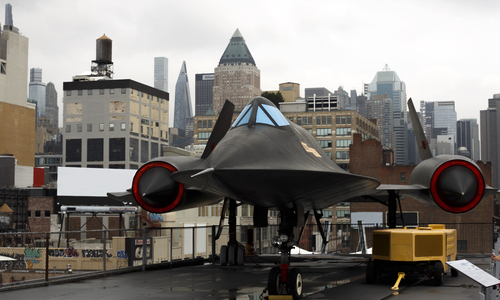
The Soviet shootdown of a U-2 in 1960 was a clear signal: the skies demanded a craft that could fly higher, faster, and evade the quickening pace of air defense technology.
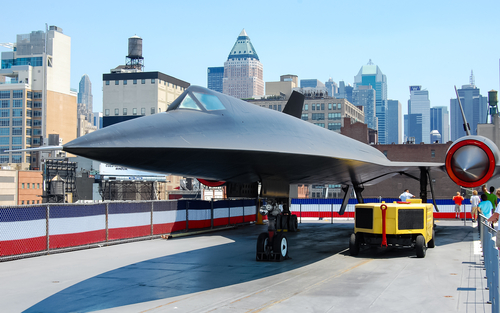
Lockheed’s Skunk Works division, under the legendary Clarence L. “Kelly” Johnson, answered the call with a design that defied conventional engineering.
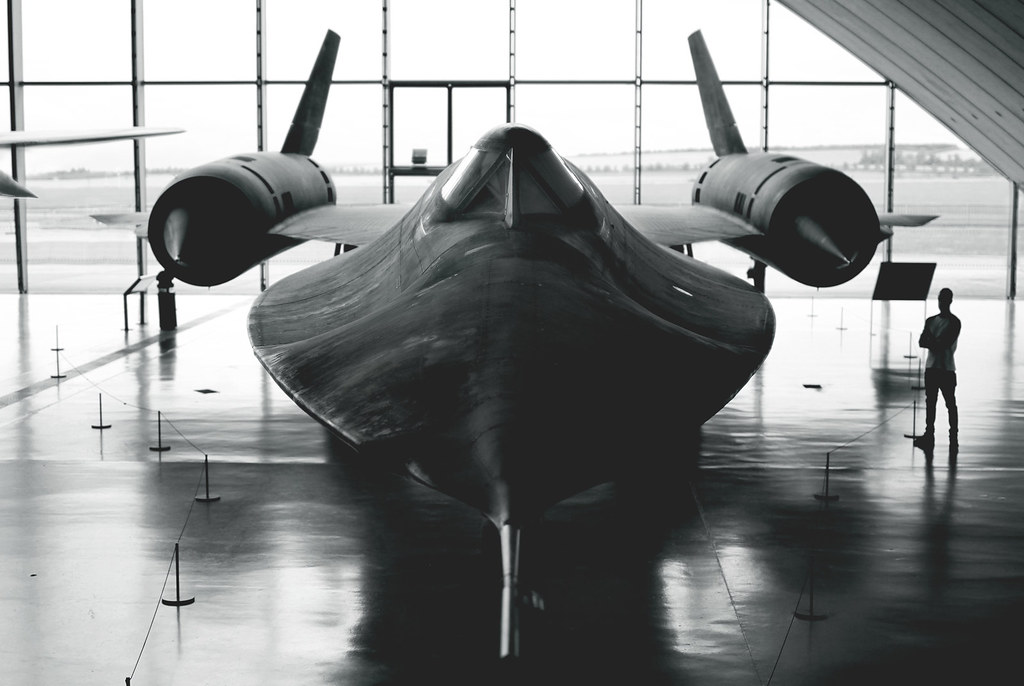
The SR-71 was an aircraft whose skin was composed predominantly of titanium—a material sourced paradoxically from the USSR via third-party countries—to withstand temperatures exceeding 600 degrees Fahrenheit due to friction at speeds topping Mach 3.

The SR-71’s performance, however, was not simply a result of its metallic skin or the mighty Pratt & Whitney J58 engines. It required a symphony of innovative designs such as a complex air intake system to prevent engine flameouts and stealth technology features that included its signature black paint, designed to absorb radar signals and dissipate heat.

Its achievements are storied and many, but one flight stands as a testament to the Blackbird’s unmatched capabilities. On March 6, 1990, Lt. Col. Ed Yeilding and his RSO, Lieutenant Colonel Joseph Vida, flew from Los Angeles to Washington D.C. in an astonishing 1 hour, 4 minutes, and 20 seconds, shattering records at an average speed of 2,124 mph.
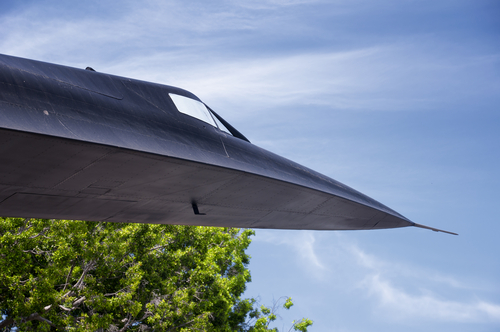
This final hurrah concluded with the SR-71’s retirement, its airframe 61-7972, having accrued 2,801.1 hours of flight time, finding a resting place at the Smithsonian’s National Air and Space Museum.

The Blackbird’s operational life was marked by feats of intelligence gathering that had profound impacts on global events.

Pilots and RSOs of the SR-71 delivered critical intelligence that shaped the US’s responses to the 1973 Yom Kippur War, the Israeli invasion of Lebanon, and American air forces’ 1986 raid on Libya. The SR-71 also kept a watchful eye over the Persian Gulf in 1987, unveiling Iranian missile threats.
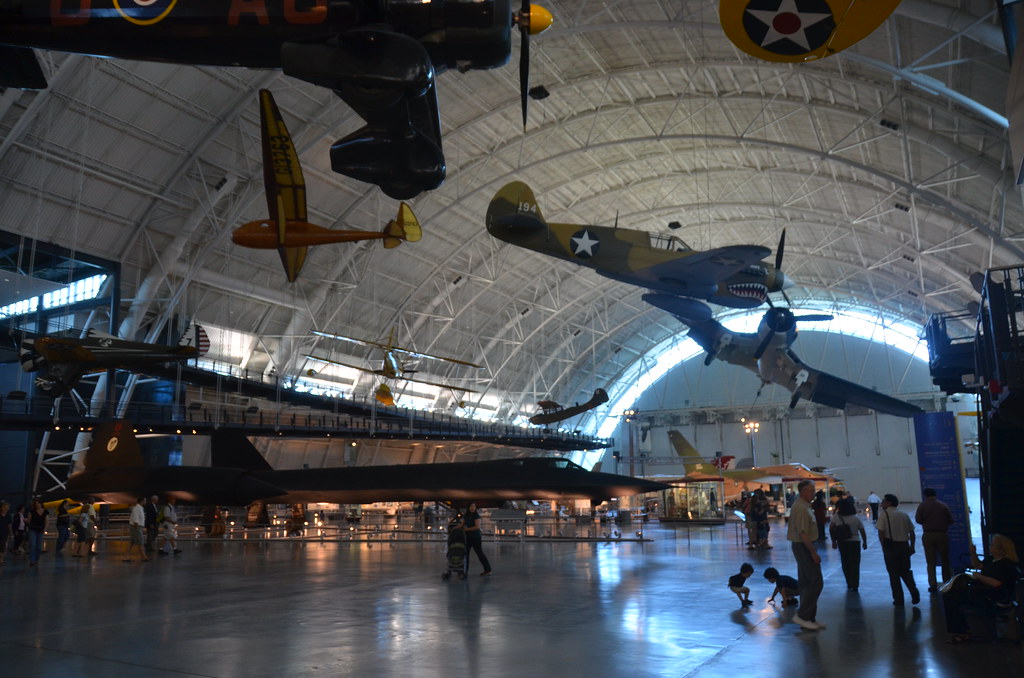
Yet, the SR-71’s narrative was not merely about geopolitical prowess. It was also a story of the human element—the crews that flew the edge of the atmosphere. Their pre-mission routines included meticulous planning and a ritualistic steak and eggs meal for sustenance.
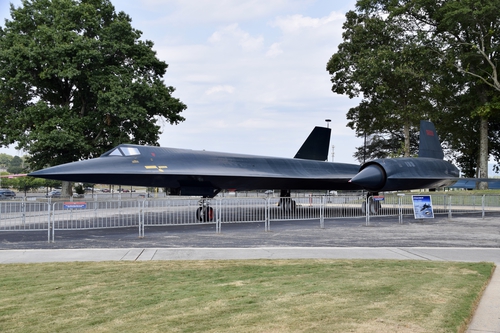
Once airborne, they donned suits more akin to astronauts than pilots, safeguarding them against the brutal conditions outside their cockpit.
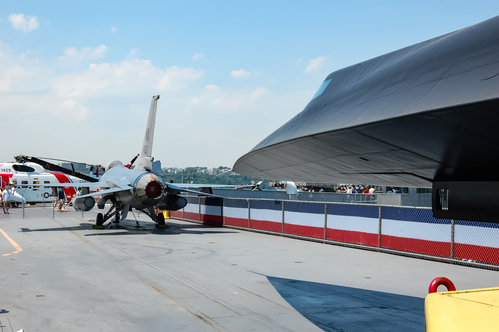
Though reconnaissance satellites began to reduce the SR-71’s role in intelligence collection, and the costs of operating such a sophisticated aircraft weighed heavily on military budgets, leading to its retirement, the Blackbird’s legacy persists as a testament to human ingenuity and the relentless pursuit of technological advancement.
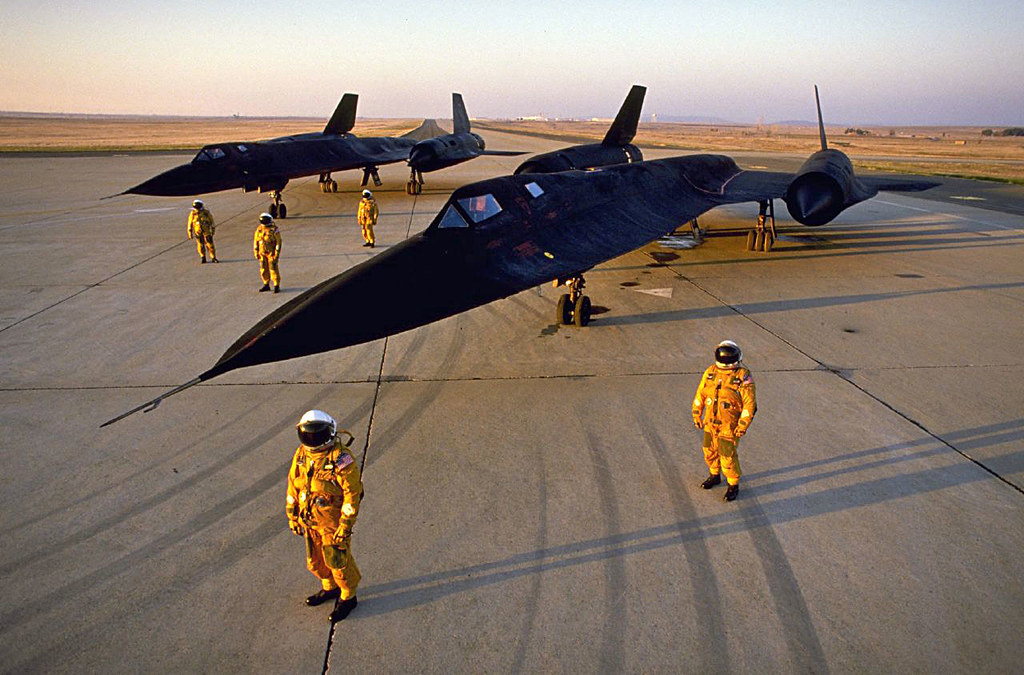
The SR-71 Blackbird’s story is not merely one of metrics and military might. It is a narrative that intertwines the awe-inspiring potentials of aerospace technology, the strategic imperatives of the times, and the unyielding spirit of exploration and excellence.

It’s a story that, like the Blackbird itself, soars high in the annals of history, eternally inspiring future generations to push the boundaries of the possible.
Relevant articles:
– Lockheed SR-71 Blackbird, si.edu
– Supersonic Speed Check – Tales from the SR-71 Blackbird, CADENAS PARTsolutions
– SR-71 Blackbird: The Cold War’s ultimate spy plane, BBC
– Lockheed SR-71 Blackbird, National Air and Space Museum
